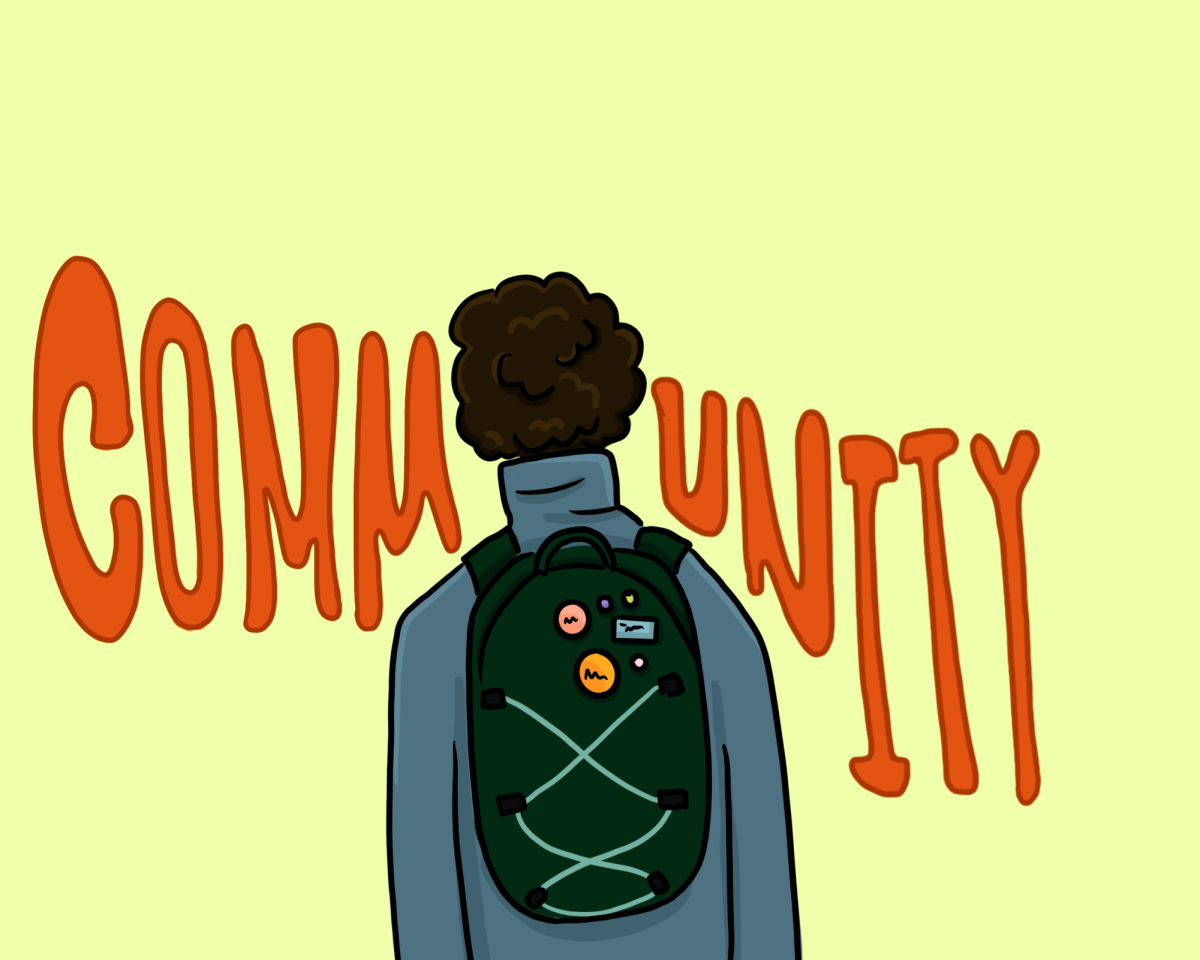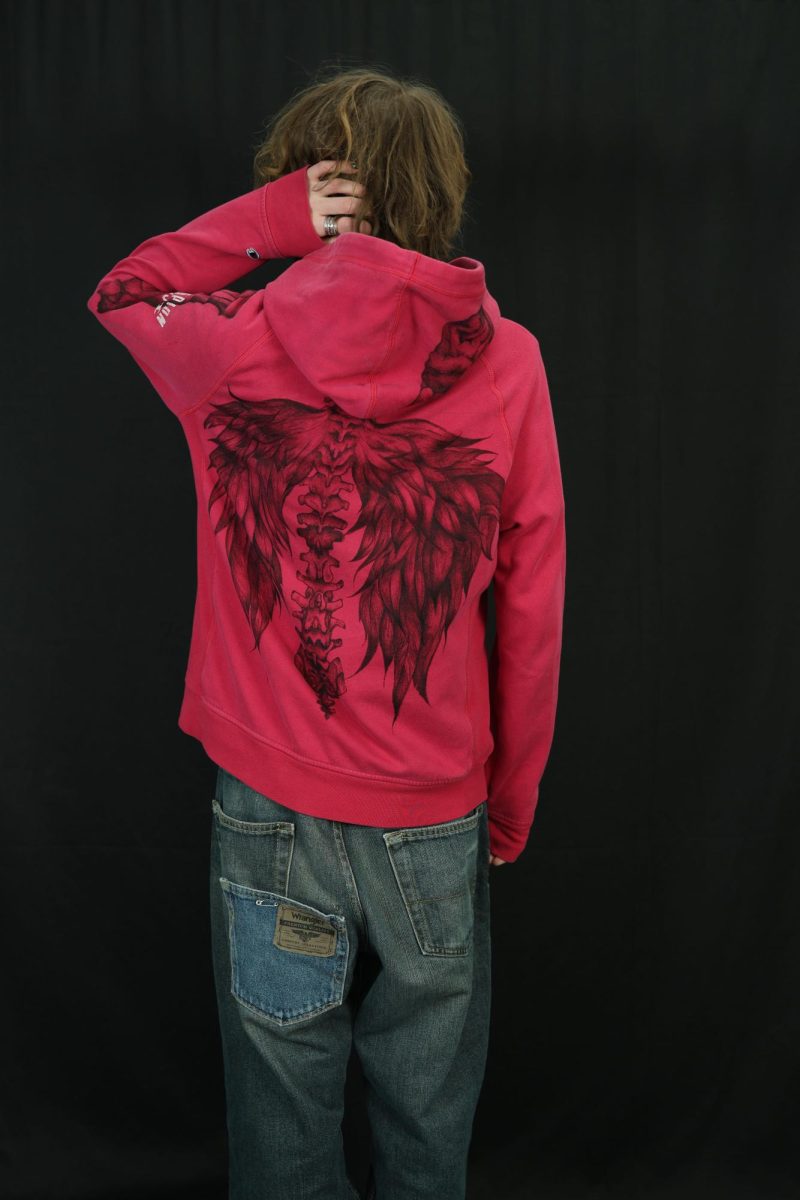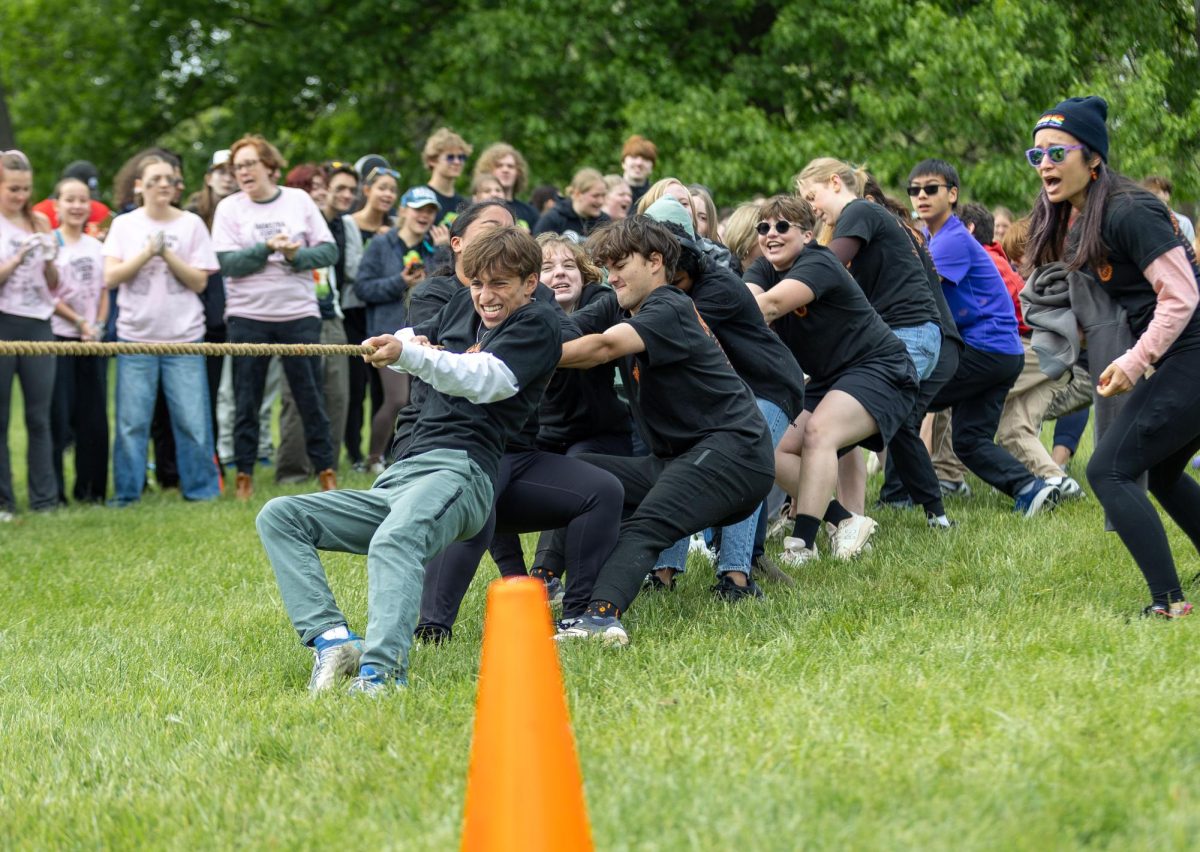Alex Crang still remembers the first video game he ever played – Jersey Devil, an action platformer for the PlayStation.
“I was 10 years old, and I was watching my grandpa playing it and I thought, ‘that looks like fun.’”
Grandpa didn’t mind letting young Alex play, as the game was not graphically violent. It contained no gore, and the humor was entirely slapstick. “Tom and Jerry stuff,” Alex describes.
Alex, who is now a senior at Community, was just over 13 years old when he played his first truly violent video game, Red Faction 2 for the PlayStation 2. The difference between the two games was considerable. “It was kind of surprising since it was the first really graphic game I’d played.” In Red Faction 2, the player can use explosive weapons to brutally kill enemies, but also allies or civilians if he or she chooses to do so.
The actual act of murder was never the reason he enjoyed the game so much. For Alex, and most other gamers, the fun comes from the “sense of accomplishment” the player feels when he finishes a challenge.
Another violent game Alex enjoys is Left 4 Dead, a survival-horror game. Its upcoming sequel was recently refused a rating by Australia’s Office of Film and Literature Classification because of the game’s excessively graphic content. This would have prevented the sale of the game in Australia, but Valve Corporation, the developer of the game, submitted a heavily toned-down version of the game. This edit was given the rating of “MA 15+,” preventing the sale of the game to persons under 15. Alex believes that this censorship is groundless. He believes that the only way you could be harmfully affected by violent games is “if you had an underlying psychological problem.”
“It’s one thing to go into Left 4 Dead and kill hundreds of zombies,” Alex comments, “but then you go into the real world and you stop.”
The man at the forefront of the anti-violent video game crusade is Jack Thompson, an activist and recently disbarred attorney from Florida. He claims that all violent games are “murder simulators” that allow children to rehearse violent activities. He sued Take-Two Interactive, publishers of violent games like Grand Theft Auto III and Bully, after involvement in a trial where a 16 year old boy who was “obsessed” with Grand Theft Auto III murdered a young girl. He claimed that the publishers should have known that the game would provoke copycat actions.
Nate Coryell and Dean Parrish are fellow gamers who disagree with Thompson. They have all been playing violent games from a fairly young age.
“Most people can tell the difference between reality and virtual reality,” explains Dean, a senior at Pioneer.
Dean played Grand Theft Auto III when he was in the fifth grade. Dean does not think the game had any negative effects on his psyche. “I could tell it was in the game […] It didn’t make me want to go out and kill some people.”Dean Parrish Interview Excerpt
“I don’t think it’s fair to single out video games as the media where violence is negatively affecting younger people,” says Nate, a junior at Community. “It’s the same as what you would see in a movie or on TV. It’ll affect you, but I don’t think it’s detrimental.”Nate Coryell Interview Excerpt















